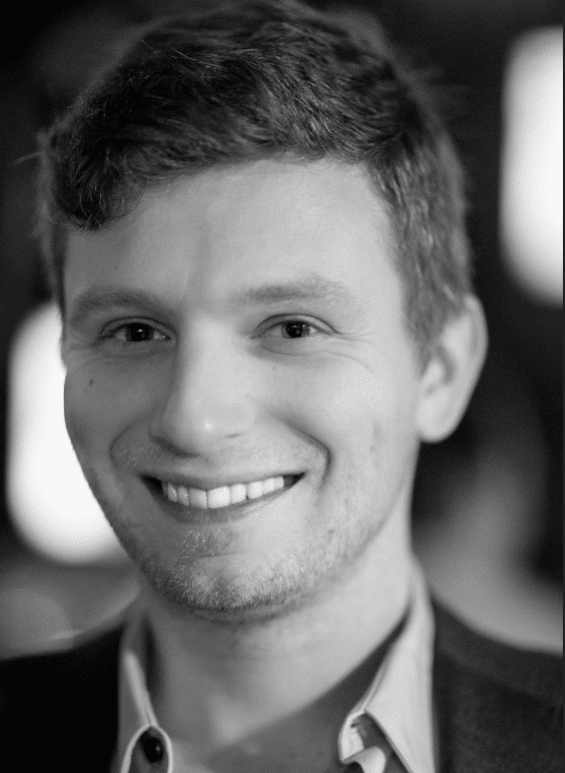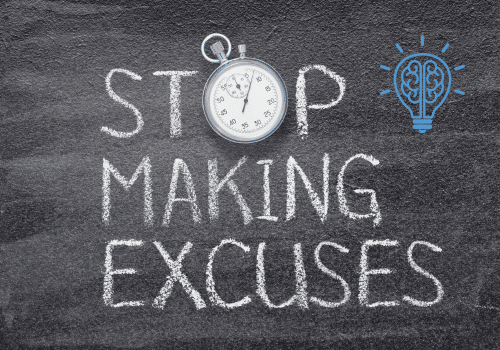⏳ “I thought this would take 10 minutes… it’s been an hour! Why am I so bad at estimating time?”
If you constantly underestimate how long things take, you’re not alone. Whether it’s finishing a project at work, getting ready in the morning, or running errands, many people struggle with time estimation—only to feel frustrated when things take far longer than expected.
This isn’t just a bad habit—it’s a well-documented cognitive bias called the planning fallacy. It causes people to assume tasks will take less time than they actually do, often leading to stress, missed deadlines, and last-minute rushing.
The good news? Once you understand why this happens, you can use strategies to improve your time estimation and plan more realistically.
🧠 Why Do We Consistently Underestimate Time?
Underestimating time is a common executive function challenge, influenced by several key factors:
📌 The Planning Fallacy
Psychologists Daniel Kahneman and Amos Tversky coined the term planning fallacy, which describes our tendency to predict best-case scenarios while ignoring potential obstacles.
⏳ Poor Time Awareness
Some people struggle with time blindness, making it hard to sense how much time is passing or gauge how long tasks will take.
🔄 Task Switching Delays
Shifting between tasks takes time, but our brains often don’t factor in these hidden transition costs.
🚀 Optimism Bias
We tend to believe we can complete tasks faster than we actually can, especially if we’ve done them before.
😰 Forgetting the “Unexpected”
Interruptions, distractions, and technical difficulties are common—but we rarely account for them in our planning.
🔍 Lack of Self-Monitoring
Without regularly tracking how long things actually take, we don’t adjust our expectations for the future.
🚨 The Consequences of Poor Time Estimation
When you underestimate how long things take, it can lead to:
- 📅 Constantly running late for meetings and appointments
- ⏳ Missing deadlines or rushing to finish projects
- ⚡ Increased stress from last-minute scrambling
- 🔄 Overloading your schedule and feeling overwhelmed
- 📉 Reduced productivity from switching between unfinished tasks
Breaking free from the planning fallacy starts with **awareness and strategy**.
🎯 Strategies to Improve Time Estimation
Here are some simple ways to develop a more accurate sense of time:
⏳ Track How Long Tasks Actually Take
Before making future estimates, track how long common tasks really take. Use timers or apps to measure your work.
📊 Use the “Double It” Rule
When estimating time, double your initial guess—this accounts for interruptions and unforeseen delays.
⏲️ Try Time Blocking
Assign specific time slots for tasks instead of assuming you’ll “find time” to do them.
🚦 Build in Buffer Time
Add extra minutes between tasks to avoid back-to-back scheduling failures.
🔄 Review Past Mistakes
Look at when you’ve underestimated time in the past—what went wrong? What can you change?
📅 Plan for the Unexpected
Account for potential roadblocks, like needing extra time to transition between tasks.
🎮 Gamify Time Awareness
Test yourself by guessing how long a task will take, then time it. The more you practice, the better you’ll get.
🚀 Prioritize Tasks Realistically
If your to-do list is always too long, cut it down to what’s actually achievable in your available time.
🧠 How Executive Function Coaching Can Help
If you underestimate how long things take, executive function coaching can provide targeted strategies to improve your time awareness and planning skills.
With coaching, you can learn how to:
- 📅 Improve time estimation with proven techniques
- ⏳ Develop better scheduling and planning habits
- 🚦 Reduce last-minute stress by anticipating obstacles
- 🎯 Strengthen self-monitoring to adjust expectations over time
Time estimation isn’t about guessing—it’s a skill that can be developed. With the right strategies, you can break free from the planning fallacy and start managing your time with confidence.
Need help improving your time management? Contact us for executive function coaching today!




